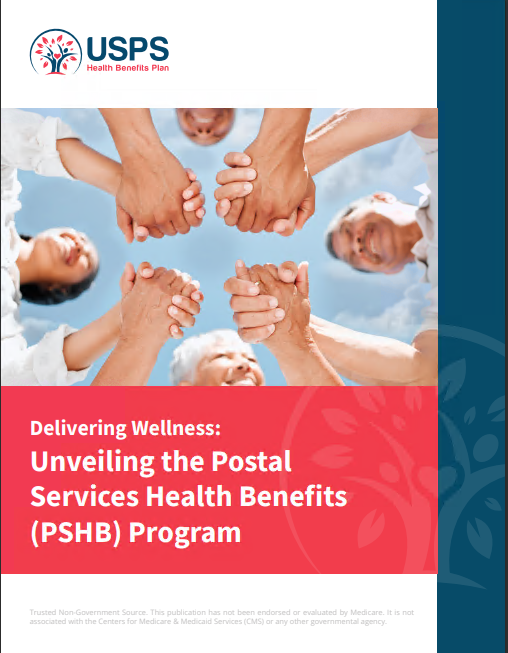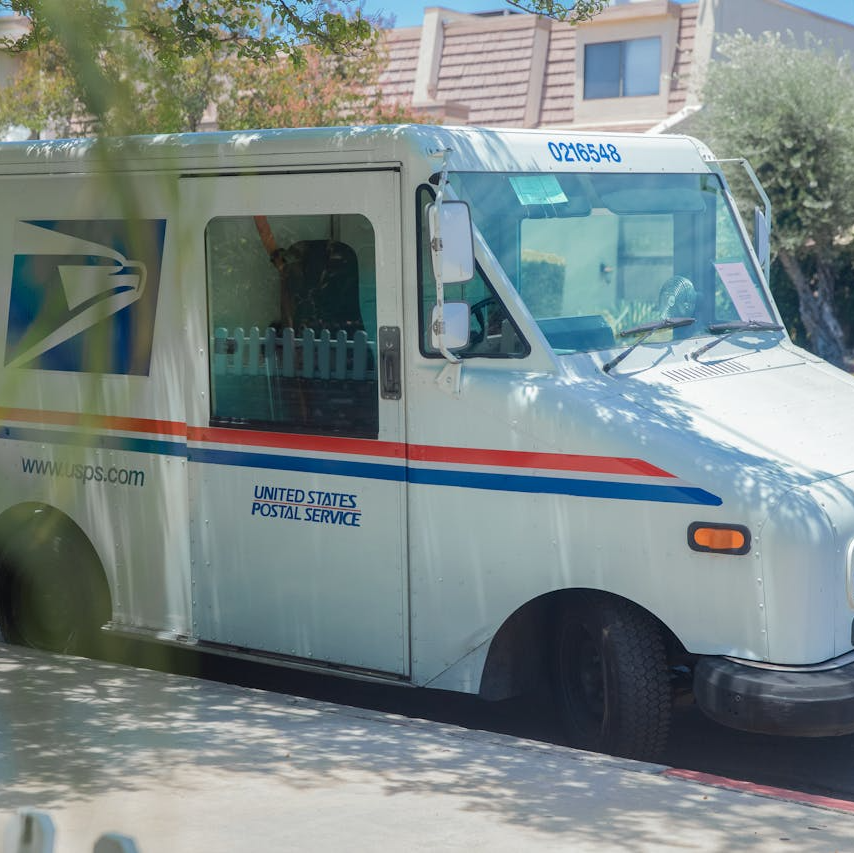Key Takeaways
-
The Postal Service Health Benefits (PSHB) program provides tailored options for postal workers and retirees, ensuring comprehensive and adaptable healthcare coverage.
-
Understanding PSHB’s flexibility helps you select the best plan for your health and financial needs, especially with Medicare integration.
Why PSHB Matters for Postal Workers and Retirees
The Postal Service Health Benefits (PSHB) program is a significant shift in how postal workers and retirees access healthcare coverage. Launched to replace the Federal Employees Health Benefits (FEHB) program specifically for the USPS community, PSHB offers more targeted benefits. If you’re a postal worker, retiree, or eligible family member, PSHB aims to provide you with flexible, comprehensive health coverage that suits your lifestyle and financial situation.
Whether you’re considering plan options for the first time or re-evaluating your current coverage, PSHB simplifies the process with plans tailored to your unique needs. But how does this flexibility benefit you? Let’s break it down.
Exploring Plan Options: Tailored to Your Needs
PSHB plans are designed with postal workers and retirees in mind, offering a range of options from low-deductible plans for those seeking predictable costs to high-deductible plans that work well with Health Savings Accounts (HSAs). With these choices, you can align your coverage with your health needs and budget priorities.
Balancing Costs and Coverage
The variety of PSHB plans ensures you have control over how much you spend on premiums, deductibles, and out-of-pocket costs. For example, if you’re healthy and primarily need preventive care, a high-deductible plan with a lower premium might make sense. On the other hand, if you have ongoing medical needs, a low-deductible plan could save you money in the long run.
Coverage for Your Entire Family
PSHB also accommodates family coverage, offering Self Plus One and Self and Family options. These plans ensure your spouse and eligible dependents are covered, giving you peace of mind.
How Medicare Integration Enhances Your Benefits
One of PSHB’s standout features is its seamless integration with Medicare. If you’re a retiree eligible for Medicare, coordinating your PSHB coverage with Medicare Parts A and B can significantly reduce your healthcare costs.
Lower Costs for Medicare Enrollees
For retirees enrolled in Medicare Part B, many PSHB plans waive or reduce deductibles and copayments. This integration ensures you maximize your benefits while minimizing out-of-pocket expenses. It’s worth noting that PSHB includes prescription drug coverage under Medicare Part D, eliminating the need for separate enrollment.
Special Benefits for Dual Coverage
By combining PSHB and Medicare, you can enjoy broader coverage that includes preventive services, hospitalization, and prescription drugs. Additionally, Medicare-eligible enrollees benefit from reduced costs on expensive medications, making it easier to manage chronic conditions.
Open Season: Your Opportunity to Reassess
The Open Season period, which runs annually from mid-November to mid-December, is your chance to review and adjust your PSHB coverage. During this window, you can switch plans, enroll for the first time, or make changes to your current enrollment.
Why Open Season Matters
Life circumstances change, and so do your healthcare needs. Open Season gives you the flexibility to align your coverage with any changes in your health, finances, or family situation. Whether you’ve welcomed a new family member, retired, or faced unexpected health challenges, this period ensures your plan reflects your current needs.
Reviewing the Annual Notice of Change (ANOC)
Each year, your PSHB plan sends out an ANOC detailing changes in premiums, benefits, and coverage terms. Reviewing this document is crucial for making informed decisions about your plan during Open Season.
Coordinating PSHB with Other Benefits
PSHB is just one piece of your overall benefits puzzle. Understanding how it interacts with other programs like the Thrift Savings Plan (TSP), Flexible Spending Accounts (FSAs), and Medicare can help you optimize your healthcare and financial strategies.
Thrift Savings Plan (TSP)
If you’re still working, consider how your TSP contributions might balance with your healthcare expenses. Retirees, too, can use TSP funds to cover medical costs, especially under high-deductible plans.
Flexible Spending Accounts (FSAs)
For active employees, FSAs allow you to set aside pre-tax dollars for qualified medical expenses. Pairing an FSA with a PSHB plan can reduce your taxable income and help manage out-of-pocket costs.
Prescription Drug Coverage: A Critical Component
PSHB’s prescription drug benefits are comprehensive, offering significant savings for enrollees. If you’re Medicare-eligible, PSHB’s Part D integration ensures your medication costs are capped, thanks to the new $2,000 annual out-of-pocket maximum.
Simplified Access
With a single plan handling your prescriptions, you no longer need to navigate multiple providers or formularies. This simplification is particularly beneficial for retirees managing complex medication regimens.
Financial Predictability
The $2,000 cap on out-of-pocket drug costs provides peace of mind, knowing your expenses won’t spiral out of control. This change is especially impactful for those on high-cost medications.
Key Features to Look For in a PSHB Plan
When selecting a PSHB plan, keep an eye on these essential features to ensure you’re getting the most value:
-
Network Flexibility: Check if your preferred doctors and hospitals are in-network.
-
Deductibles and Copayments: Understand what you’ll pay out-of-pocket before your insurance kicks in.
-
Preventive Care: Ensure the plan covers essential services like screenings and vaccinations.
-
Out-of-Network Coverage: If you travel frequently, out-of-network benefits could be a priority.
-
Vision and Dental Benefits: Some plans include supplemental benefits for routine eye and dental care.
Transitioning from FEHB to PSHB
If you were previously covered under FEHB, the switch to PSHB might raise questions. Rest assured, PSHB is designed to maintain continuity while offering enhancements tailored to postal workers and retirees.
Automatic Enrollment
Most employees and retirees were automatically enrolled in PSHB plans corresponding to their FEHB coverage. If you’re unsure about your plan, review your enrollment details and make adjustments during Open Season if necessary.
Understanding the Differences
While similar in structure, PSHB plans often include additional benefits, such as integration with Medicare and specialized coverage for postal workers’ unique needs. Take the time to compare your new plan with your previous FEHB coverage to identify areas of improvement.
Making the Most of Your PSHB Coverage
To fully benefit from PSHB, take a proactive approach to managing your healthcare:
-
Use Preventive Services: Schedule annual check-ups and screenings to catch health issues early.
-
Monitor Your Spending: Keep track of your medical expenses to stay within budget.
-
Leverage Online Tools: Many plans offer online portals to manage claims, find in-network providers, and estimate costs.
Why PSHB Is a Game-Changer
PSHB represents a significant improvement over traditional healthcare options for postal workers and retirees. By focusing on flexibility, comprehensive benefits, and seamless Medicare integration, it ensures you have access to the care you need without financial stress.
Your Health, Your Choice
Navigating health coverage doesn’t have to be overwhelming. With PSHB, you’re empowered to choose a plan that fits your needs, giving you control over your healthcare journey. Take advantage of the resources and tools available to make informed decisions, and remember—Open Season is your annual opportunity to adjust your coverage.











